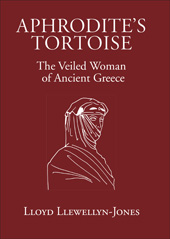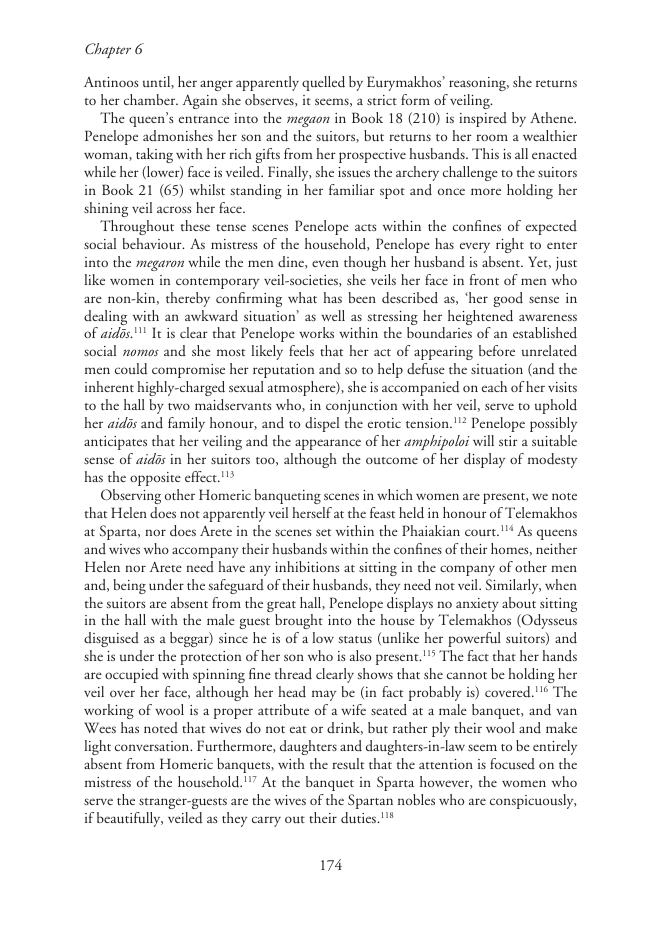Aphrodite's Tortoise : The Veiled Woman of Ancient Greece
358 p.
Greek women routinely wore the veil. That is the unexpected finding of this meticulous study, one with interesting implications for the origins of Western civilisation. The Greeks, popularly (and rightly) credited with the invention of civic openness, are revealed as also part of a more Eastern tradition of seclusion. Llewellyn-Jones' work proceeds from literary and, notably, from iconographic evidence. In sculpture and vase painting it demonstrates the presence of the veil, often covering the head, but also more unobtrusively folded back onto the shoulders. This discreet fashion not only gave a priviledged view of the face to the ancient art consumer, but also, incidentally, allowed the veil to escape the notice of traditional modern scholarship. From Greek literary sources, the author shows that full veiling of the head and face was commonplace. He analyses the elaborate Greek vocabulary for veiling and explores what the veil meant to achieve. He shows that the veil was a conscious extension of the house an
d was often referred to as `tegidion', literally `a little roof'. Veiling was thus an ingeneous compromise; it allowed women to circulate in public while mainting the ideal of a house-bound existence. Alert to the different types of veil used, the author uses Greek and more modern evidence (mostly from the Arab world) to show how women could exploit and subvert the veil as a means of eloquent, sometimes emotional, communication. First published in 2003 and reissued as a paperback in 2010, Llewellyn-Jones' book has established itself as a central - and inspiring - text for the study of ancient women. [Publisher's text].
Special access authorizations may apply; please contact us for further information.
-
Information
ISBN: 9781910589892



